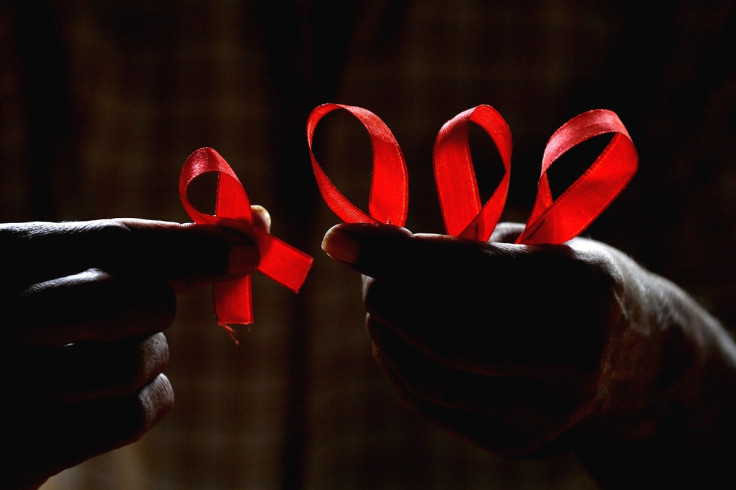World Aids Day 2015: 10 key facts and statistics about HIV and Aids

An estimated 34 million people are living with HIV around the world, with over 100,000 people who have the virus in the UK. Despite HIV only being identified in the early 1980s, more than 35 million people have died of the condition or Aids, making it one of the deadliest pandemics in history.
More is understood about HIV and Aids than ever before due to scientific advances. Even so, around 6,000 people in Britain are diagnosed with HIV each year, people are still unaware of how to protect themselves from transmission and stigma is still a major problem for those living with it. On World AIDS Day, we look at 10 key facts and statistics about HIV and Aids.
1. HIV stands for human immunodeficiency virus and it weakens a person's immune system by destroying cells that fight infection and disease.
2. The best way to prevent HIV is to use a condom during sex and to never share needles or other injecting equipment – including syringes, spoons and swabs. Knowing your HIV status and that of your partner is important.
3. HIV cannot be transmitted through sweat, saliva or urine.
4. Only 53% of people living with HIV are estimated to know their status, according to the World Health Organization.
5. Antiretroviral therapy (ART) consists of the combination of antiretroviral drugs to suppress the HIV virus and stop the progression of HIV disease – advances in access to ART means HIV-positive people now live much longer and healthier lives. It has also been confirmed that ART prevents onward transmission of HIV.
6. By mid-2015, there were 15.8 million people living with HIV who were receiving ART globally.
7. Sub-Saharan Africa is the most affected region, with around 25.8 million people living with HIV in 2014. The region also accounts for almost 70% of the global total of new HIV infections.
8. Emergency anti-HIV medication called post-exposure prophylaxis (PEP) may stop a person becoming infected but treatment must be started within three days of coming into contact with the virus.
9. Between 2000 and 2015, new HIV infections have fallen by 35% globally, while Aids-related deaths have fallen by 24%.
10. Aids is a syndrome caused by the HIV virus, which is when a person's immune system is too weak to fight off many infections. It develops when HIV infection is very advanced and is the final stage of HIV infection. If HIV is left untreated, it can take around 10 to 15 years for Aids to develop, when the immune system is severely compromised.
© Copyright IBTimes 2025. All rights reserved.





















